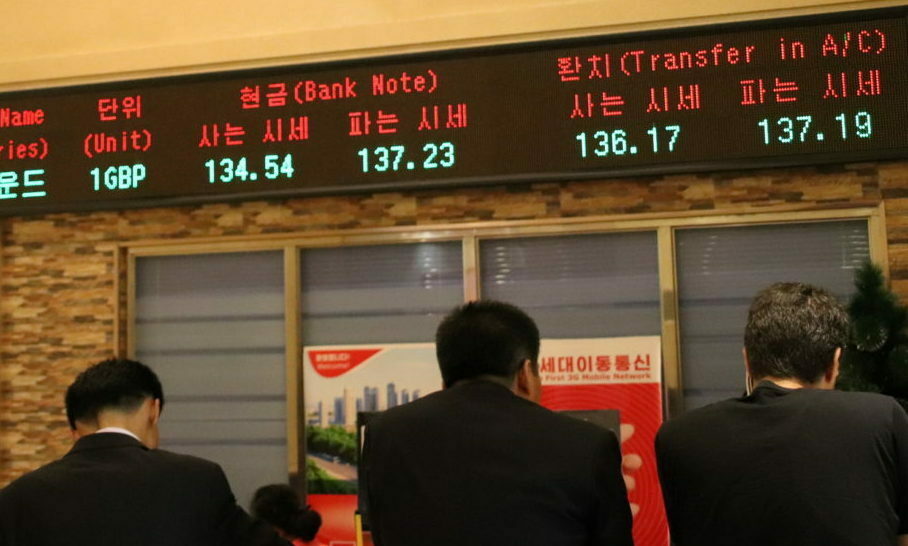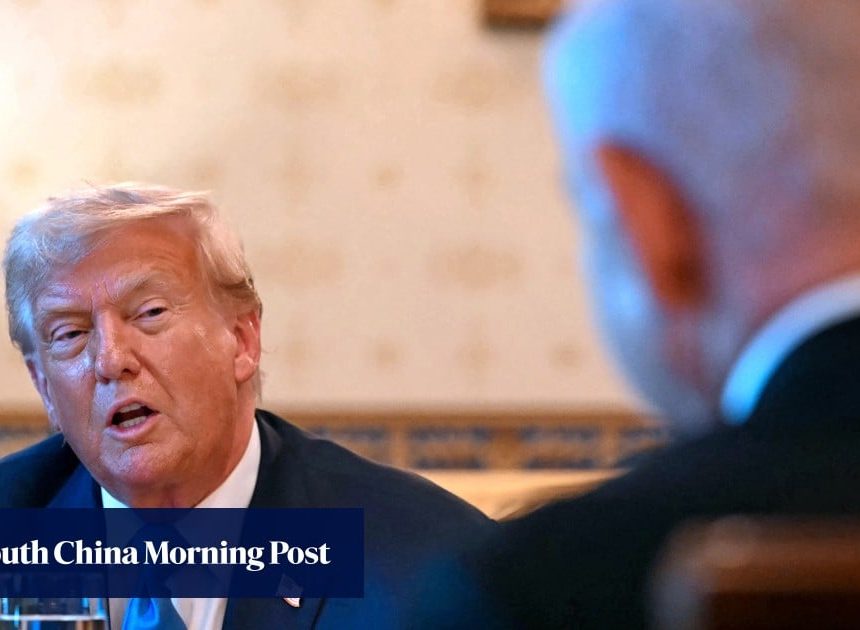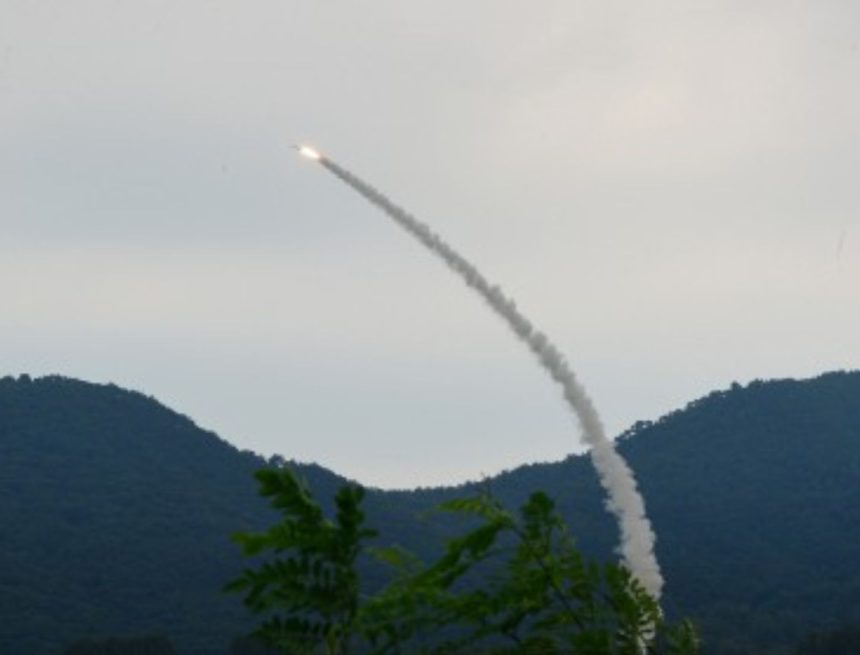Think of it like “Where’s Waldo?” for the anti-Trump movement: Last Saturday, as some 7 million people filled American cities for the latest “No Kings” protest, many of them showed up wearing inflatable frog costumes.
The amphibians were easy to spot in the sea of signs, and their inspiration seemed clear: They’d seen images of the protesters outside of an Immigration and Customs Enforcement facility in Portland, Oregon, holding “Frogs Together Strong” signs and followed suit. The meme had spread.
Since the weekend, TikTok, Instagram, Bluesky, and other social media platforms have been filled with images and videos of inflatable frogs in the streets. TikTok shop now offers “Portland Frog Protest Stickers” emblazoned with the word “Resist.” At a time when people post through everything, it’s expected that acts of protest or political theater will go viral. Even President Donald Trump responded to Saturday’s events by sharing an AI-generated video of himself dumping excrement on American protesters from a jet. But there’s something different about what’s happening with the frogs. There are layers of meaning and functionality, from Pepe to pepper spray and beyond.
For one, there’s the issue of surveillance. Americans have become increasingly aware that when they’re protesting, they’re being watched by authorities. Dressing as a cartoon frog, or any other creature, makes it harder for someone to identify your face. As more people adopt the poofy green costume, each wearer becomes even more anonymous.
Then there’s the absurdity factor. Costumed protesters offset the image of the black-clad demonstrators often demonized by Trump. In late September, as Trump was seeking to deploy Oregon National Guard troops to Portland in response to protests at the city’s ICE facility, he said “it’s anarchy out there.” (A judge later blocked the deployment.) In 2020, Trump sent federal law enforcement officers to Portland to counter Black Lives Matter protests, and the images coming out of the city looked like chaos, even if, as WIRED wrote at the time, “what’s happening in the streets isn’t what you’re seeing in the tweets.” Earlier this month, the original frog guy, Seth Todd, told The New York Times that the frog costume was meant to “contrast the narrative that we are violent extremists.”
It’s also less likely that someone watching will say “maybe the frog deserved it if they get pepper-sprayed, says Brooks Brown, “co-initiator” of Operation Inflation, which has been giving out free inflatable costumes to demonstrators in the city. “You can’t do that with a frog or unicorn or a wiener dog or SpongeBob,” Brown adds. “It breaks people’s ability to justify the victim and it shows the violence itself purely.”
Brown is quick to credit Todd for the costume idea. As people began to join Todd in other costumes, Brown, a YouTuber, says he partnered with another streamer to start Operation Inflation as a way to raise money to provide outfits to others. He won’t say how much money they’ve raised but did say they’ve provided some 300 costumes, 200 of them at last weekend’s No Kings protest. It’s become harder for Brown to source the costumes, and prices are going up.


